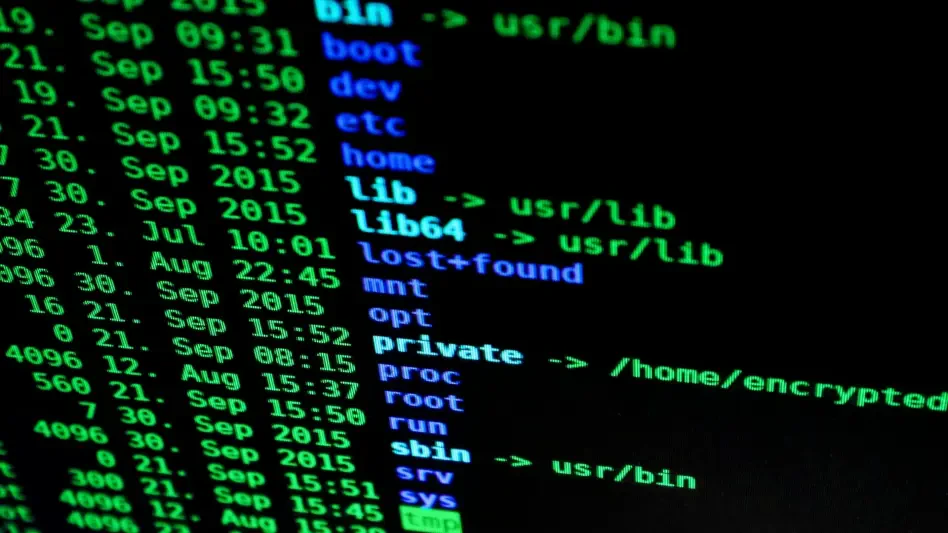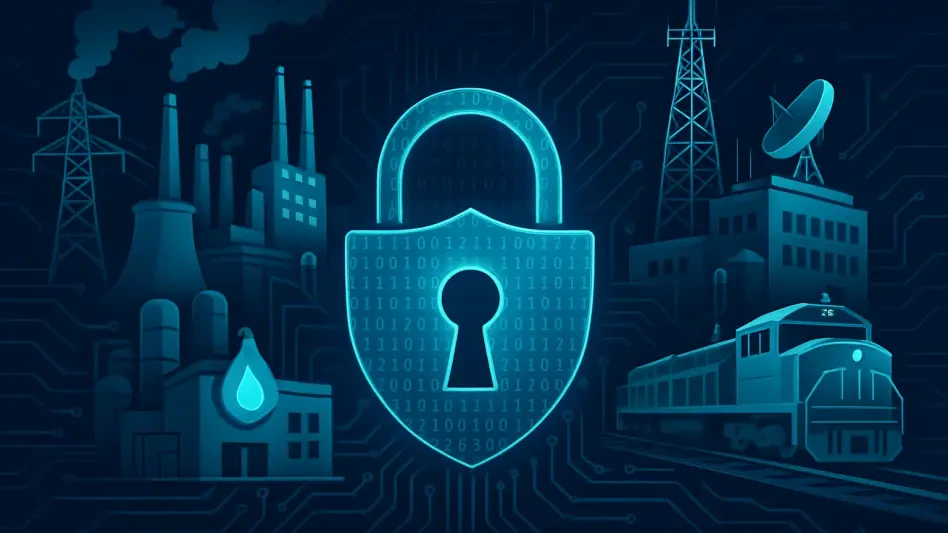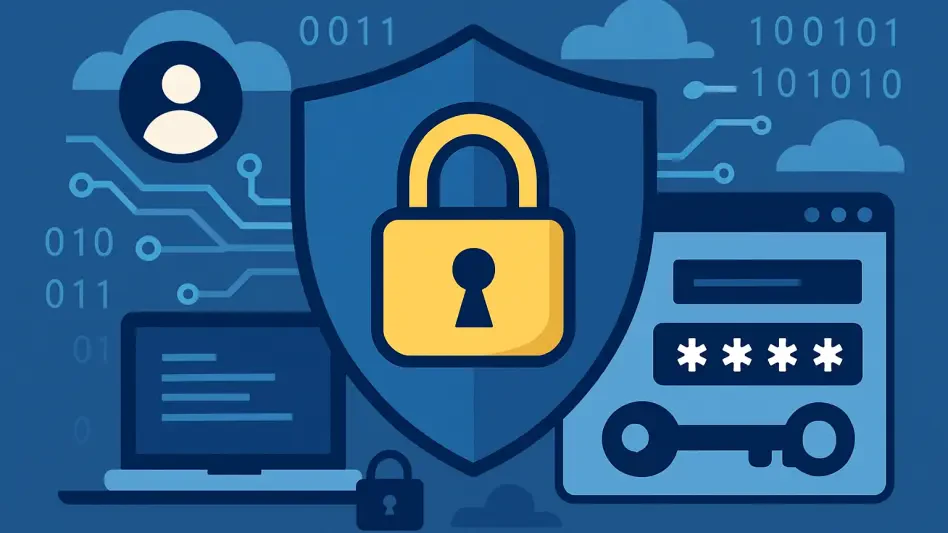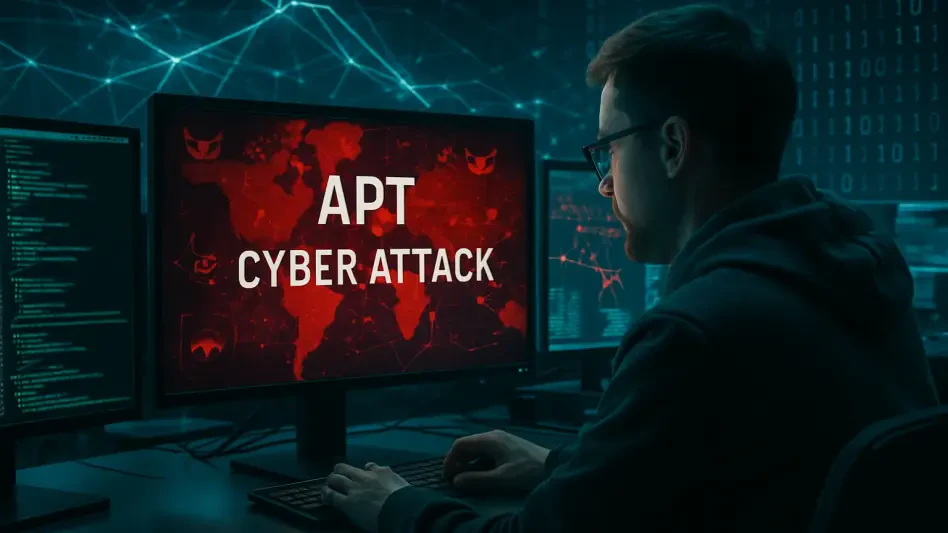In a rapidly evolving digital landscape where cyber threats grow both in number and sophistication, organizations face significant challenges in protecting their infrastructure and data. The increasing complexity of cybersecurity demands has led to the strategic adoption of advanced technologies like Security Information and Event Management (SIEM) and Security Orchestration, Automation, and Response (SOAR) platforms. Recently, comprehensive guidance has been released collaboratively by the Cybersecurity and Infrastructure Security Agency (CISA) and the Australian Signals Directorate’s Cyber Security Centre (ASD’s ACSC), offering valuable insights into effectively implementing these platforms. This guidance is particularly crucial as organizations work to enhance their threat detection and incident response capabilities, acknowledging the substantial technical challenges involved in implementing SIEM and SOAR. As these platforms become integral to enterprise security architectures, understanding how to design, deploy, and maintain them is essential for enhancing system security and operational efficiency.
Understanding the Role of SIEM and SOAR
SIEM and SOAR technologies are pivotal in creating a robust cybersecurity framework. SIEM systems serve as the backbone of logging and visibility strategies, crucial for cybersecurity teams tasked with detecting and responding promptly to threats. By collecting and analyzing log data, SIEMs help security teams identify unusual behaviors indicative of potential security incidents. They centralize this data, offering a panoramic view of an organization’s network activities. However, the data deluge from myriad log sources, including Endpoint Detection and Response tools, network devices, and cloud services, poses a significant challenge. Efficient SIEM implementation requires discerning which log sources to prioritize for ingestion, given the constraints on data processing and storage capabilities.
Meanwhile, SOAR platforms augment SIEM by implementing automated responses through predefined playbooks. When an anomaly is detected by the SIEM, SOAR can execute a series of automated actions, such as isolating a network segment or launching an investigation, without manual intervention. The automation aspect is designed to alleviate the burden on security teams, enhance response times, and reduce the likelihood of human error. However, successful SOAR deployment hinges on mature SIEM systems that provide accurate threat detection, ensuring that automation does not disrupt normal operations or generate false positives.
Overcoming Implementation Challenges
Deploying SIEM and SOAR platforms is not without challenges. Organizations must address significant technical hurdles, including accurate alert configuration, appropriate data logging, and the mitigation of alert fatigue, a condition where security personnel become desensitized to alerts due to their overwhelming frequency. Ensuring that alerts are both accurate and actionable is vital to maintain operational effectiveness. Moreover, the complexity of configuring advanced security systems demands skilled personnel adept at managing both SIEM and SOAR technologies. This highlights the need for investing in extensive training and possibly even outsourcing certain aspects of system management to experienced service providers.
Furthermore, the financial implications of implementing SIEM and SOAR technologies cannot be overlooked. SIEM solutions typically involve costs related to data volume processing, with additional expenses arising from licensing, training, and potential outsourcing. As data ingestion forms a critical component of SIEM pricing, organizations must carefully consider their data management strategies to maintain cost-effectiveness. The guidance advocates handling these implementations in-house, especially for entities managing sensitive or critical information. This approach ensures a deeper understanding of network configurations, business processes, and more nuanced security dynamics.
Strategic Insights and Technical Recommendations
Organizations aiming for effective SIEM and SOAR deployment can greatly benefit from the strategic and technical recommendations provided in the guidance. For decision-makers, the Executive Guidance outlines the benefits and challenges associated with adopting these platforms. It emphasizes the importance of aligning threat detection models with an organization’s specific threat landscape to enhance the efficacy of SIEM and SOAR strategies. Additionally, it stresses the importance of developing mature SIEM capabilities before transitioning to SOAR to ensure reliable automation outcomes.
On a technical front, the Practitioner Guidance delves into detailed instructions on how to effectively procure, establish, and maintain these platforms. It underscores the necessity of balancing technical prowess with operational realities, advising cybersecurity practitioners on log prioritization and system maintenance best practices. Additionally, the Priority Logs for SIEM Ingestion offers nuanced insights into optimizing log data ingestion, which is crucial for streamlining threat detection processes. This strategic approach, aligned with industry standards like the Australian Signals Directorate’s Essential Eight Maturity Model and CISA’s Cybersecurity Performance Goals, highlights the need for comprehensive security postures.
Navigating Future Security Landscapes
In today’s swiftly changing digital realm, cyber threats are not only increasing but also becoming more sophisticated, posing significant challenges for organizations aiming to safeguard their infrastructure and data. The escalating complexity of cybersecurity demands has necessitated the strategic use of cutting-edge technologies such as Security Information and Event Management (SIEM) and Security Orchestration, Automation, and Response (SOAR) systems. Recently, detailed guidance has been released through a collaboration between the Cybersecurity and Infrastructure Security Agency (CISA) and the Australian Signals Directorate’s Cyber Security Centre (ASD’s ACSC). This guidance provides essential insights for effective implementation of these systems, as organizations strive to improve threat detection and incident response capabilities. Recognizing the substantial technical challenges of deploying SIEM and SOAR, it is vital for enterprises to understand how to design, deploy, and maintain these platforms to boost system security and operational efficiency.








